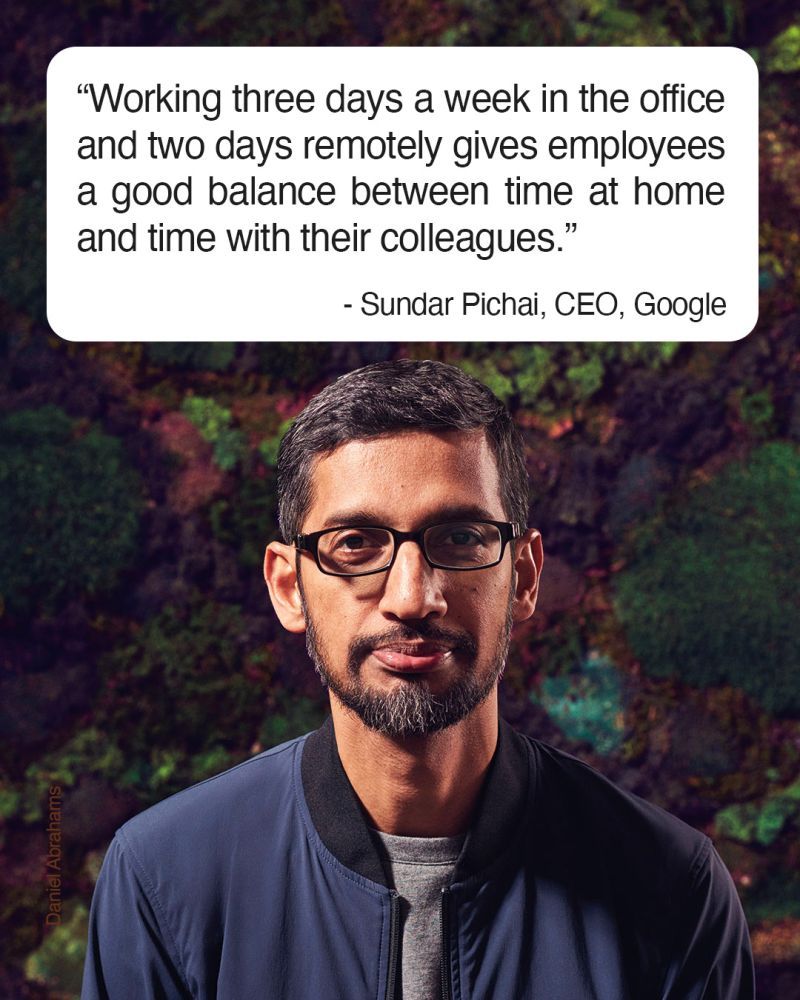Remote work may be worse for personal well-being. Know how to respond to tenant objections with these simple facts.
Working from home became a necessity in many parts of the country during COVID, but it’s hard to believe it’s still more often the norm. Tenants aren’t returning to work in their office parks, with many campuses still at only 10% occupancy, which certainly brings new challenges for property managers. We’ve been talking a lot about the tenant amenity race over the last several weeks, but all of that only really matters if there are tenants to service in your buildings.
What are the challenges you hear when you talk with your tenants about returning? We suspect you’re frequently hearing things like “we’ve figured out how to work remotely”, “my employees value the flexibility”, or “they get to spend more time with their families, which makes everyone happier.” Or maybe lately, reasons include things like the money folks save in eating lunch out and gas.
Do you know how to respond to objections like these? Do you try talking about the great new amenities you’ve added, or have you considered amending lease agreements to give incentives? Arming yourself with these facts may be helpful:
- In Microsoft’s 2022 New Future of Work Report, researchers found that although remote work can improve job satisfaction, it can also lead to employees feeling “socially isolated, guilty and trying to overcompensate”.
- Working alone every day means that some employees will not see anyone all day long, which can be very lonely.
- The extra screentime (both computers for work and phones for calls – whether for business or personal interaction), negatively impacts wellbeing.
- According to data from the business support company NordVPN Teams, employees working from home are spending more time logged on at their computers, so are actually working longer hours.
- Nicola Hemmings is a workplace scientist at mental healthcare provider Koa Health. She says that the lack of human connection is causing a “rapidly growing mental health crisis.” Small moments like catching up in the breakroom or having an in-person meeting lead to isolation.
- Younger millennial and Gen Z workers in particular show heightened levels of stress and anxiety since the shift to remote work according to Deloitte’s case study of the “mental health of Gen Zs and millennials in the new world of work” from May 2022.
- 81% of under-35s fear loneliness from long-term home working according to Chargifi research.
- That same study showed that isolation negatively impacts employees’ ability to build and develop relationships at work, potentially harming their career progress.
As workers, employees have become isolated and distant, and are losing their sense of team. Dan Bladen, CEO of Chargifi adds: “There’s no doubt that the pandemic has shaped the future of work; but more than this, it’s had a fundamental impact on the happiness and wellbeing of workers. While organizations have done their best to adapt, we’ve yet to experience the full consequences, particularly when it comes to the next generation of workers. 100% remote working might be convenient for some, but for others it’s a recipe for loneliness...missing out on the benefits of being surrounded by [colleagues] and the informal learning and mentoring that comes with this.
What’s the Compromise?
This brings us back to the idea of hybrid work schedules. Google’s CEO offers this solution:

Chances are your tenants may have already thought of creating their own hybrid work schedules, but armed with some of these statistics, you may be able to influence them to take action to bring their employees back to work in your buildings.